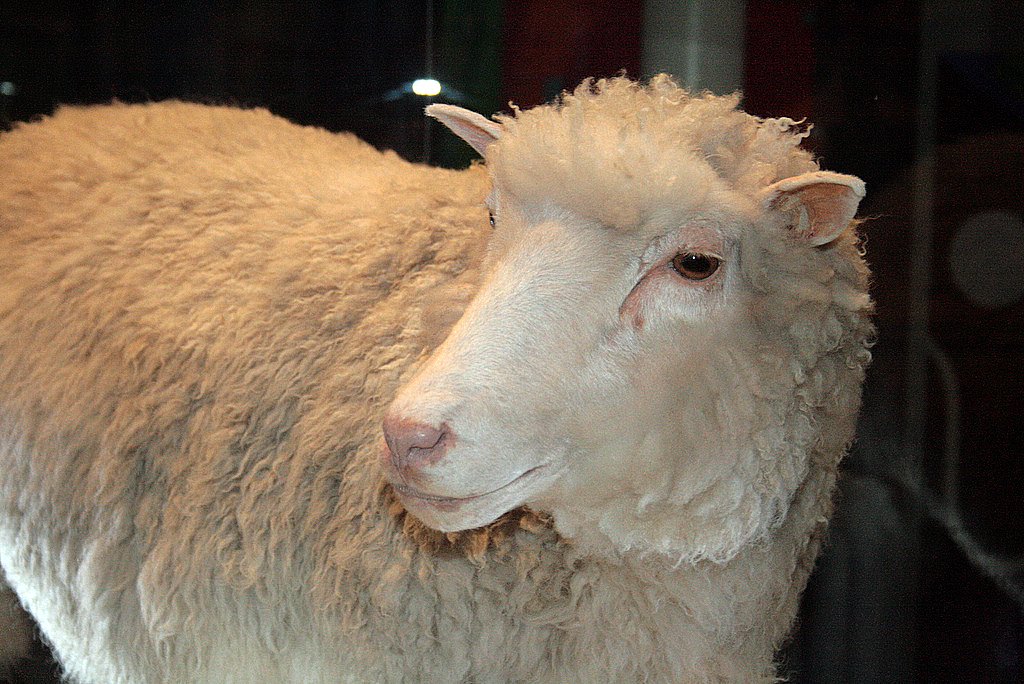Patenting Dolly the Sheep: In Re Roslin
In 1996 Ian Wilmut and Keith Campbell from
Roslin Institute pushed what was once thought of as science fiction into the
realm of reality: mammalian cloning. From a scientific
perspective, Dolly is undoubtedly a hallmark biotechnological innovation.
However, Dolly the sheep was not awarded patent protection.
The patent system is a legal mechanism that
exists to incentivize innovation by rewarding innovators, who endure research
and development costs, with a temporary monopoly on their innovations. Since
Dolly the sheep is a product of endured research and development costs, one
might assume that Dolly would be considered as legally innovative and as such, rewarded
with patent protection. The case In Re
Roslin Institute refers to the
patentability of Dolly.
With the development of mammalian cloning, Roslin
Institute sought for a patent on both the method of cloning as well as Dolly
the sheep. The patent examiner however rejected the patent on the grounds that 1) the claims did not cover patentable subject matter under section 101, and 2) the innovation at hand was anticipated and obvious by section 102 and 103. This case was then appealed to PTAB, the Patent Trial and Appeals Board, which affirmed the patent examiner decision. The PTAB decision was then appealed to the Federal Circuit. In re Roslin was decided by the circuit court against Roslin Institute, affirming both the PTAB and patent examiner decisions. The institute was not granted the patent on Dolly; though
from a scientific perspective Dolly is the result of research and ingenuity,
from a legal perspective, Dolly is a patent ineligible clone.
The circuit court reasoned that unlike Myriad Genetics, Roslin institute
"did not create or alter any of the genetic information" because the cloned animal is genetically identical to one existing in nature. Therefore,
"Dolly herself is an exact genetic replica of another sheep and does not possess 'markedly different characteristics from any [farm animals] found in nature... Dolly's genetic identity to her donor parent renders her unpatentable."
This case reveals
an interesting conflict in the life sciences, one between what is perceived as
scientifically innovative as opposed to what qualifies as legally innovative
and awarded patent protection.
Sources:
http://www.patentdocs.org/2014/05/in-re-roslin-institute-fed-cir-2014.html
http://patentlyo.com/media/2014/05/13-1407.Opinion.5-6-2014.1.pdf
https://upload.wikimedia.org/wikipedia/commons/6/6e/Dolly_face_closeup.jpg

This was a very interesting article to read because almost everyone has heard of Dolly the sheep. It was also interesting to note that the scientific and legal perspectives differed. Although, scientifically Dolly was a novel sheep, legally she had nothing innovative about her since all her genes were not distinct from others found in nature. I'm surprised to hear that the method of mammalian cloning could not be patented. That must have been a hard break for Wilmut and Campbell after their years of research and hard work. Good choice to blog about!
ReplyDelete